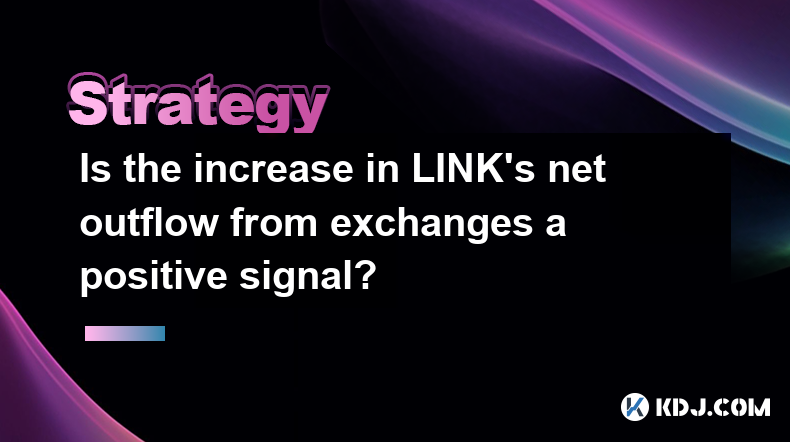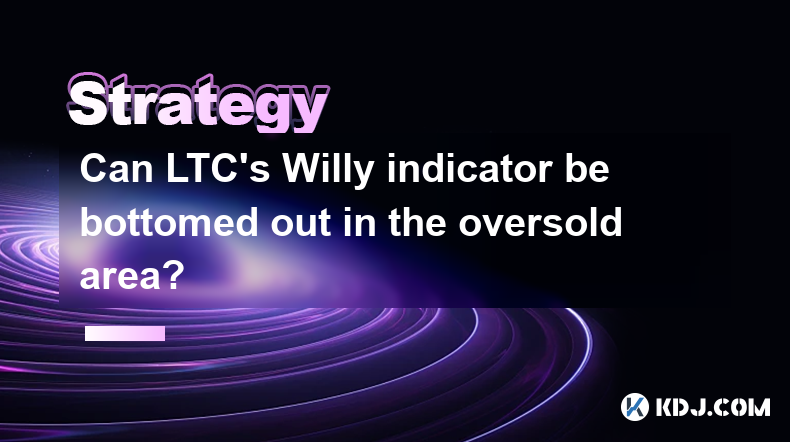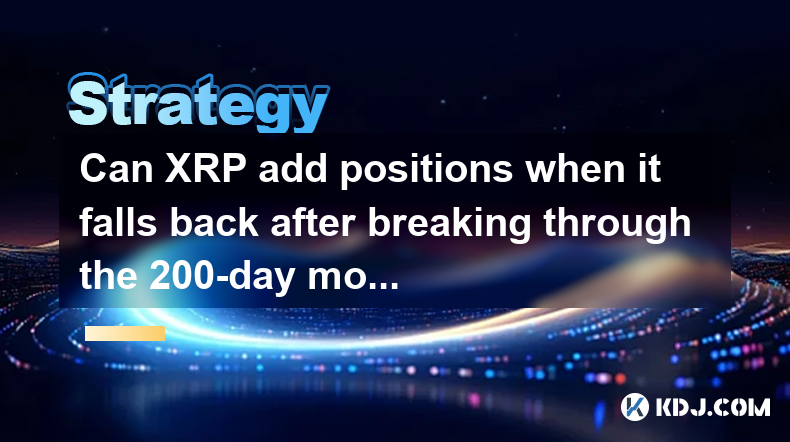-
 Bitcoin
Bitcoin $94,178.4344
-0.21% -
 Ethereum
Ethereum $1,792.1439
1.06% -
 Tether USDt
Tether USDt $1.0004
-0.01% -
 XRP
XRP $2.1954
0.26% -
 BNB
BNB $604.8300
0.13% -
 Solana
Solana $148.3767
-3.29% -
 USDC
USDC $0.9999
0.00% -
 Dogecoin
Dogecoin $0.1818
0.59% -
 Cardano
Cardano $0.7073
-0.83% -
 TRON
TRON $0.2518
3.33% -
 Sui
Sui $3.4387
-5.40% -
 Chainlink
Chainlink $14.8050
-1.02% -
 Avalanche
Avalanche $21.8748
-1.94% -
 Stellar
Stellar $0.2881
1.83% -
 Shiba Inu
Shiba Inu $0.0...01426
2.08% -
 UNUS SED LEO
UNUS SED LEO $9.0881
0.56% -
 Toncoin
Toncoin $3.2240
0.66% -
 Hedera
Hedera $0.1917
-3.09% -
 Bitcoin Cash
Bitcoin Cash $360.7143
-1.88% -
 Polkadot
Polkadot $4.2445
-0.33% -
 Litecoin
Litecoin $85.8084
-0.01% -
 Hyperliquid
Hyperliquid $17.6511
-5.92% -
 Dai
Dai $1.0000
-0.01% -
 Bitget Token
Bitget Token $4.4317
-0.58% -
 Ethena USDe
Ethena USDe $0.9994
-0.01% -
 Pi
Pi $0.6459
-0.88% -
 Monero
Monero $229.1550
0.01% -
 Pepe
Pepe $0.0...09169
4.95% -
 Uniswap
Uniswap $5.8045
-0.25% -
 Aptos
Aptos $5.5452
0.03%
What does it mean when BCH's CMF indicator breaks above the zero axis?
When BCH's CMF indicator breaks above zero, it signals increased buying pressure and a potential bullish trend, crucial for traders to consider in their strategies.
Apr 26, 2025 at 11:01 am

When the CMF (Chaikin Money Flow) indicator for Bitcoin Cash (BCH) breaks above the zero axis, it is a significant event for traders and investors in the cryptocurrency market. The CMF is a technical analysis tool that measures the amount of money flowing into and out of a security. It combines price and volume to help traders understand the buying and selling pressure behind a cryptocurrency like BCH. In this article, we will explore what it means when BCH's CMF indicator breaks above the zero axis, the implications for traders, and how to interpret this signal effectively.
Understanding the CMF Indicator
The CMF indicator was developed by Marc Chaikin and is used to gauge the accumulation and distribution of a security over a specified period. The indicator ranges between -1 and +1, with values above zero indicating buying pressure and values below zero indicating selling pressure. The CMF is calculated using the following formula:
[ \text{CMF} = \frac{\text{Sum of Money Flow Volume over N periods}}{\text{Sum of Volume over N periods}} ]
Where Money Flow Volume is calculated as:
[ \text{Money Flow Volume} = \text{Volume} \times \frac{\text{Close} - \text{Low} - (\text{High} - \text{Close})}{\text{High} - \text{Low}} ]
When the CMF breaks above the zero axis, it suggests that the buying pressure is starting to outweigh the selling pressure, which can be a bullish signal for BCH.
Implications of CMF Breaking Above Zero
When BCH's CMF indicator breaks above the zero axis, it indicates that the market is experiencing a shift in sentiment. This shift can be interpreted as follows:
- Increased Buying Pressure: The move above zero suggests that more investors are buying BCH than selling it. This can lead to an increase in the price of BCH as demand outpaces supply.
- Potential Bullish Trend: A break above the zero axis can signal the beginning of a bullish trend. Traders often look for this signal as a confirmation to enter long positions.
- Confirmation of Other Indicators: The CMF breaking above zero can serve as a confirmation signal for other technical indicators, such as moving averages or RSI, that may also be indicating a bullish trend.
How to Interpret the CMF Break Above Zero
Interpreting the CMF break above zero for BCH involves looking at several factors to ensure a comprehensive analysis:
- Volume Confirmation: It is crucial to check if the break above zero is accompanied by an increase in trading volume. Higher volume can validate the strength of the bullish signal.
- Price Action: The price action of BCH should be analyzed to see if it supports the bullish signal from the CMF. A rising price alongside the CMF break can reinforce the bullish outlook.
- Time Frame: The time frame on which the CMF is calculated can affect its significance. A break above zero on a longer time frame, such as a daily or weekly chart, may carry more weight than on a shorter time frame like a 15-minute chart.
Using the CMF Break Above Zero in Trading Strategies
Traders can incorporate the CMF break above zero into their trading strategies for BCH in several ways:
- Entry Points: Traders can use the CMF break above zero as a signal to enter long positions. For example, if the CMF breaks above zero and is confirmed by other bullish indicators, a trader might decide to buy BCH.
- Stop Loss and Take Profit Levels: Setting appropriate stop loss and take profit levels is essential. A trader might set a stop loss below the recent low and a take profit at a resistance level identified on the chart.
- Combining with Other Indicators: The CMF can be used in conjunction with other indicators like the Moving Average Convergence Divergence (MACD) or the Relative Strength Index (RSI) to increase the reliability of trading signals.
Practical Steps to Use the CMF Indicator for BCH
To effectively use the CMF indicator for BCH, follow these practical steps:
- Select a Trading Platform: Choose a reliable cryptocurrency trading platform that offers technical analysis tools, such as TradingView or Binance.
- Add the CMF Indicator: On your chosen platform, add the CMF indicator to your BCH chart. Most platforms allow you to customize the period for the CMF, typically set to 20 periods.
- Monitor the CMF: Keep an eye on the CMF line on your BCH chart. When it breaks above the zero axis, take note of the time and price at which this occurs.
- Confirm with Volume: Check the volume bars on your chart to see if there is an increase in volume accompanying the CMF break above zero.
- Analyze Price Action: Look at the price action of BCH to see if it supports the bullish signal from the CMF. A rising price can confirm the bullish trend.
- Set Trading Parameters: If you decide to trade based on the CMF break above zero, set your entry point, stop loss, and take profit levels according to your trading strategy.
Frequently Asked Questions
Q: Can the CMF indicator be used for other cryptocurrencies besides BCH?
A: Yes, the CMF indicator can be applied to any cryptocurrency. The principles of interpreting the CMF remain the same across different assets, making it a versatile tool for traders in the cryptocurrency market.
Q: How often should I check the CMF indicator for BCH?
A: The frequency of checking the CMF indicator depends on your trading style. Day traders might check it multiple times a day, while swing traders might check it daily or weekly. It's important to align the frequency with your trading strategy and time frame.
Q: Is the CMF indicator more effective on certain time frames?
A: The effectiveness of the CMF indicator can vary depending on the time frame. Generally, longer time frames like daily or weekly charts provide more reliable signals due to the larger amount of data considered. However, shorter time frames can be useful for day traders looking for quick entry and exit points.
Q: Can the CMF indicator be used in combination with fundamental analysis for BCH?
A: Yes, the CMF indicator can be used alongside fundamental analysis to provide a more comprehensive view of BCH's market conditions. While the CMF focuses on technical aspects, fundamental analysis can provide insights into the underlying factors affecting BCH's value, such as network developments or market sentiment.
Disclaimer:info@kdj.com
The information provided is not trading advice. kdj.com does not assume any responsibility for any investments made based on the information provided in this article. Cryptocurrencies are highly volatile and it is highly recommended that you invest with caution after thorough research!
If you believe that the content used on this website infringes your copyright, please contact us immediately (info@kdj.com) and we will delete it promptly.
- The Gold, Silver, and Bitcoin are the biggest dilemma for investors
- 2025-04-26 22:15:13
- Justin Sun Claims Top Spot on the TRUMP Leaderboard
- 2025-04-26 22:15:13
- FXGuys (XRP) Price Prediction: A New Crypto Presale Promises 50x Returns
- 2025-04-26 22:10:13
- Justin Sun's Cryptic Tweet About "TRX=BTC" Has Sparked Interest in a Growing Correlation Between Tron's TRX and Bitcoin.
- 2025-04-26 22:10:13
- 1944 Steel Penny: A Valuable Mistake
- 2025-04-26 22:05:13
- Ronin Network Migrates $450M to Chainlink's Cross Chain Interoperability Protocol (CCIP)
- 2025-04-26 22:05:13
Related knowledge

What does the surge in SOL's cross-chain bridge inflows represent?
Apr 25,2025 at 09:00am
The recent surge in SOL's cross-chain bridge inflows represents a significant trend within the cryptocurrency ecosystem, particularly for Solana (SOL). This phenomenon highlights increased activity and interest in moving assets from other blockchains to Solana, indicating growing confidence in its network and ecosystem. Cross-chain bridges are essential...

Is the increase in LINK's net outflow from exchanges a positive signal?
Apr 24,2025 at 02:35pm
The recent increase in LINK's net outflow from exchanges has sparked discussions within the cryptocurrency community about its implications for the token's future performance. LINK, the native token of the Chainlink decentralized oracle network, has seen a notable shift in its net outflow from exchanges, which many interpret as a positive signal. This a...

Is LTC's UTXO age distribution useful for judging buying and selling points?
Apr 23,2025 at 05:42pm
Is LTC's UTXO age distribution useful for judging buying and selling points? Understanding the UTXO (Unspent Transaction Output) age distribution of Litecoin (LTC) can provide valuable insights into the behavior of its holders and potentially help in making informed decisions about buying and selling points. The UTXO age distribution refers to the age o...

How to use trading volume to determine the buying and selling timing of LINK?
Apr 25,2025 at 02:07am
How to Use Trading Volume to Determine the Buying and Selling Timing of LINK? Trading volume is a crucial metric in the cryptocurrency market that can provide valuable insights into the buying and selling behavior of traders. When it comes to Chainlink (LINK), understanding how to analyze trading volume can help you make more informed decisions about wh...

Can LTC's Willy indicator be bottomed out in the oversold area?
Apr 24,2025 at 01:43pm
Understanding the Willy IndicatorThe Willy indicator, also known as the Willy ratio, is a technical analysis tool used in the cryptocurrency market to gauge the sentiment of a particular asset, in this case, Litecoin (LTC). It is calculated by dividing the total trading volume of an asset by its market capitalization. The resulting ratio helps traders u...

Can XRP add positions when it falls back after breaking through the 200-day moving average?
Apr 25,2025 at 04:49pm
The question of whether to add positions to XRP after it breaks through the 200-day moving average and subsequently falls back is a common dilemma faced by many cryptocurrency traders. The 200-day moving average is a widely recognized technical indicator used to assess the long-term trend of an asset. When XRP breaks above this level, it is often seen a...

What does the surge in SOL's cross-chain bridge inflows represent?
Apr 25,2025 at 09:00am
The recent surge in SOL's cross-chain bridge inflows represents a significant trend within the cryptocurrency ecosystem, particularly for Solana (SOL). This phenomenon highlights increased activity and interest in moving assets from other blockchains to Solana, indicating growing confidence in its network and ecosystem. Cross-chain bridges are essential...

Is the increase in LINK's net outflow from exchanges a positive signal?
Apr 24,2025 at 02:35pm
The recent increase in LINK's net outflow from exchanges has sparked discussions within the cryptocurrency community about its implications for the token's future performance. LINK, the native token of the Chainlink decentralized oracle network, has seen a notable shift in its net outflow from exchanges, which many interpret as a positive signal. This a...

Is LTC's UTXO age distribution useful for judging buying and selling points?
Apr 23,2025 at 05:42pm
Is LTC's UTXO age distribution useful for judging buying and selling points? Understanding the UTXO (Unspent Transaction Output) age distribution of Litecoin (LTC) can provide valuable insights into the behavior of its holders and potentially help in making informed decisions about buying and selling points. The UTXO age distribution refers to the age o...

How to use trading volume to determine the buying and selling timing of LINK?
Apr 25,2025 at 02:07am
How to Use Trading Volume to Determine the Buying and Selling Timing of LINK? Trading volume is a crucial metric in the cryptocurrency market that can provide valuable insights into the buying and selling behavior of traders. When it comes to Chainlink (LINK), understanding how to analyze trading volume can help you make more informed decisions about wh...

Can LTC's Willy indicator be bottomed out in the oversold area?
Apr 24,2025 at 01:43pm
Understanding the Willy IndicatorThe Willy indicator, also known as the Willy ratio, is a technical analysis tool used in the cryptocurrency market to gauge the sentiment of a particular asset, in this case, Litecoin (LTC). It is calculated by dividing the total trading volume of an asset by its market capitalization. The resulting ratio helps traders u...

Can XRP add positions when it falls back after breaking through the 200-day moving average?
Apr 25,2025 at 04:49pm
The question of whether to add positions to XRP after it breaks through the 200-day moving average and subsequently falls back is a common dilemma faced by many cryptocurrency traders. The 200-day moving average is a widely recognized technical indicator used to assess the long-term trend of an asset. When XRP breaks above this level, it is often seen a...
See all articles






















![Trading is to follow [Review Video] Gold Bitcoin Crude Oil Orders Make Profits! Trading is to follow [Review Video] Gold Bitcoin Crude Oil Orders Make Profits!](/uploads/2025/04/26/cryptocurrencies-news/videos/trading-follow-review-video-gold-bitcoin-crude-oil-profits/image-1.webp)































































